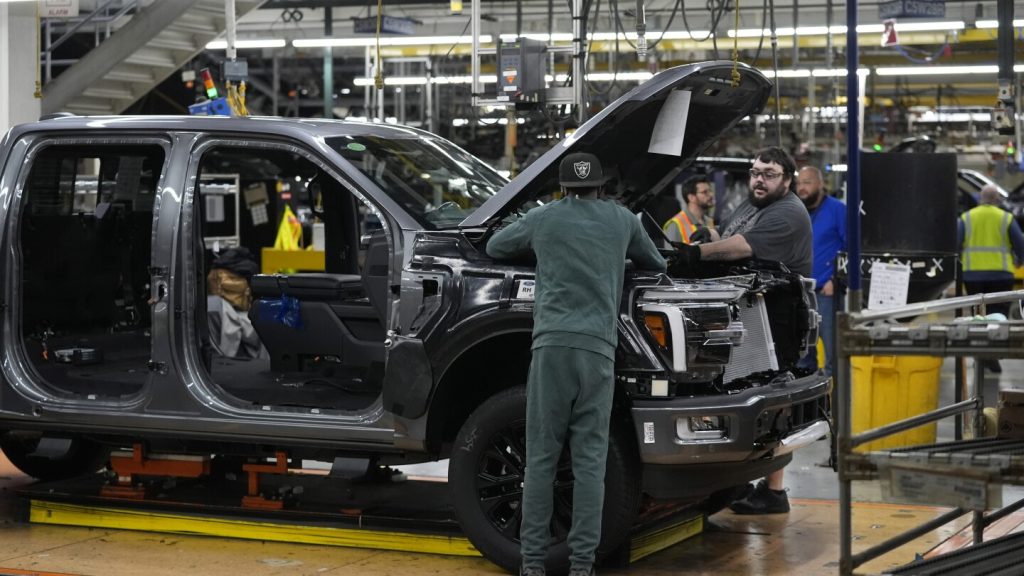The U.S. economy grew at a slower rate of 1.3% in the first quarter of 2024, the weakest quarterly rate since 2022. This was a downgrade from the previous estimate of 1.6%, indicating sluggish growth. Consumer spending rose, but at a slower pace, which could be attributed to high interest rates and lingering inflation. The first quarter’s GDP growth marked a significant slowdown from the previous quarter, dropping from 3.4% to 1.3%.
Two main factors contributed to the slowdown in GDP growth in the first quarter – a surge in imports and a reduction in business inventories. Imports subtracted more than 1 percentage point from growth, while a reduction in business inventories took off nearly half a percentage point. Consumer spending, which drives economic growth, rose at a slower rate of 2% annually, down from the initial estimate of 2.5% and the previous two quarters’ rates. Spending on goods such as appliances and furniture saw a significant quarterly drop.
Despite the overall slowdown, services spending witnessed a healthy increase of 3.9%, the most since mid-2021. Business investment, particularly in housing, software, and research and development, added more than 1 percentage point to the first-quarter growth. Inflation also picked up in the first quarter, with consumer prices rising at a 3.3% annual pace and core inflation (excluding food and energy costs) rising at a 3.6% clip, the highest in a year.
The U.S. economy has shown resilience since the Federal Reserve started raising interest rates more than two years ago to combat inflation. Higher rates, expected to trigger a recession, have not dampened economic growth or hiring significantly. However, signs of a weakening economy are emerging, such as more Americans falling behind on credit card bills and slower hiring rates. President Joe Biden is facing criticism for the economic challenges, with Donald Trump blaming him as the presidential campaign intensifies.
The Fed had planned to lower interest rates this year to boost economic growth, but delays in rate cuts have occurred due to persistent inflation above the target level of 2%. Wall Street traders do not expect the first rate reduction until November. The uncertain outlook going forward could be influenced by delays in Fed rate cuts to counter inflation, which may impact consumption and future growth trajectories. The Federal Reserve Bank of Atlanta forecasts economic growth to accelerate to a 3.5% annual rate in the second quarter of 2024.


